Unclogging a Toilet: Tips, Techniques, and Preventive Measures
A clogged toilet is a common household inconvenience that can disrupt daily routines and cause frustration. Whether it's due to excess toilet paper, foreign objects, or issues deeper in the plumbing system, knowing how to effectively unclog a toilet is a valuable skill for any homeowner. Furthermore, implementing preventive measures can help avoid future clogs, saving time, money, and hassle. In this comprehensive guide, we'll explore techniques for unclogging toilets and strategies for preventing blockages altogether.
Understanding the Causes of Toilet Clogs
To effectively address toilet clogs, it's essential to understand what causes them. Common culprits include excessive toilet paper usage, flushing non-flushable items such as wipes and feminine hygiene products, and the accumulation of organic matter and mineral deposits over time. Additionally, issues with the toilet's trap, drain line, or sewer line can contribute to blockages. By identifying the root cause of the clog, homeowners can determine the most appropriate course of action for unclogging the toilet.
Unclogging Techniques
1. Plunger Method: The plunger is a tried-and-true tool for unclogging toilets. To use it effectively, ensure a tight seal between the plunger and the toilet bowl's drain opening. Use firm, steady plunging motions, being careful not to break the seal. Repeat as necessary until the water begins to drain freely.
2. Plumbing Snake or Auger: For stubborn clogs that resist the plunger, a plumbing snake or auger can be effective. Insert the snake into the toilet drain and rotate it clockwise while applying gentle pressure. Continue feeding the snake until you encounter resistance, then twist and push to break up the clog. Slowly retract the snake, being mindful of any debris that may come with it.
3. Hot Water and Dish Soap: In some cases, pouring hot water mixed with dish soap into the toilet bowl can help dissolve the clog. Allow the mixture to sit for several minutes to loosen the obstruction before attempting to flush the toilet.
4. Chemical Drain Cleaners: While chemical drain cleaners can be effective at breaking down organic matter, they should be used with caution due to their corrosive nature. Follow the manufacturer's instructions carefully, and avoid mixing different types of cleaners, as this can produce hazardous fumes.
5. Professional Assistance: If DIY methods fail to resolve the clog, or if there are underlying issues with the plumbing system, it may be necessary to seek professional assistance. Licensed plumbers have the expertise and specialized equipment to diagnose and address complex toilet clogs safely and effectively.
Preventive Measures
1. Use Toilet Paper Wisely: To prevent toilet clogs, use toilet paper sparingly and avoid excessive flushing. Consider using thinner, more easily dissolvable toilet paper to reduce the risk of blockages.
2. Avoid Flushing Non-Flushable Items: Items such as wipes, paper towels, cotton balls, and feminine hygiene products should never be flushed down the toilet, as they can easily cause clogs. Dispose of these items in the trash instead.
3. Install a Toilet Paper Holder with a Cutter: Installing a toilet paper holder equipped with a built-in cutter can help regulate the amount of toilet paper used with each flush, reducing the risk of overloading the toilet.
4. Regular Maintenance: Periodically inspect the toilet bowl and tank for signs of leaks, cracks, or damage that could contribute to clogs. Additionally, consider scheduling professional plumbing inspections and maintenance to identify and address potential issues before they escalate.
5. Educate Household Members: Teach family members proper toilet etiquette, emphasizing the importance of only flushing toilet paper and waste down the toilet. Encourage them to use trash bins for disposing of non-flushable items.
Conclusion
Dealing with a clogged toilet can be a frustrating experience, but with the right tools, techniques, and preventive measures, it's a problem that can be effectively managed. By understanding the causes of toilet clogs and employing appropriate unclogging methods, homeowners can restore toilet function and minimize disruptions to their daily lives. Moreover, by implementing preventive measures and promoting responsible toilet use, they can reduce the likelihood of future clogs, ensuring smooth plumbing operations and a more pleasant living environment for all.
